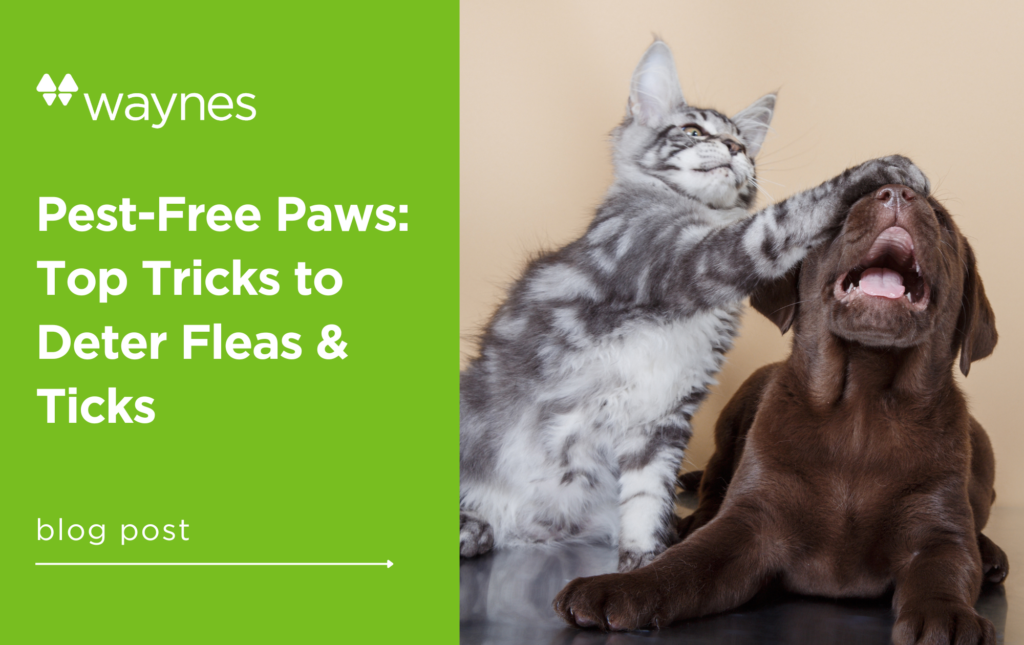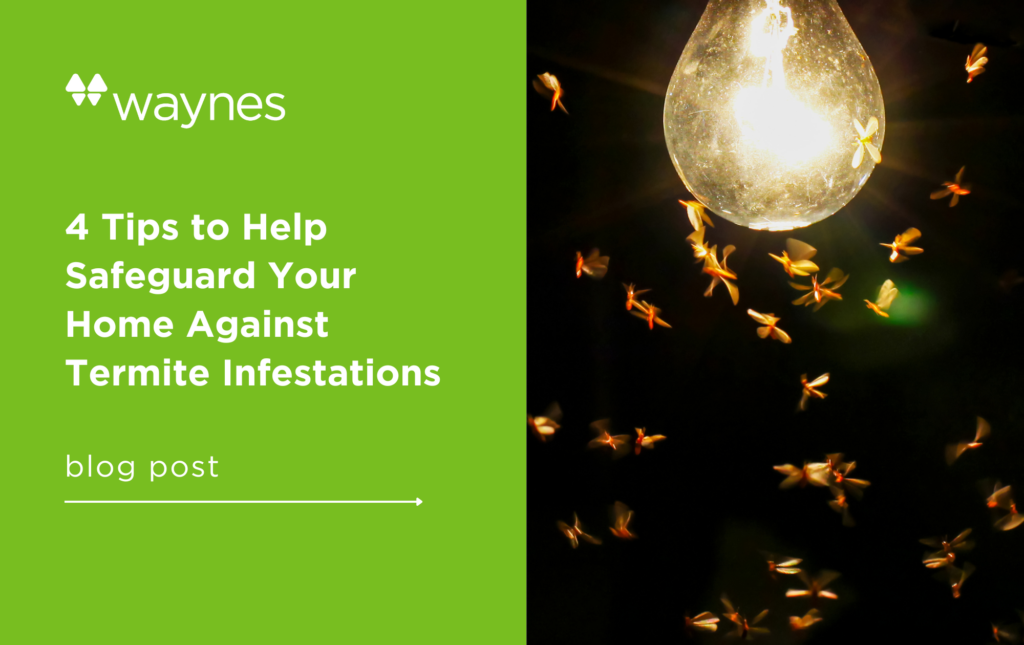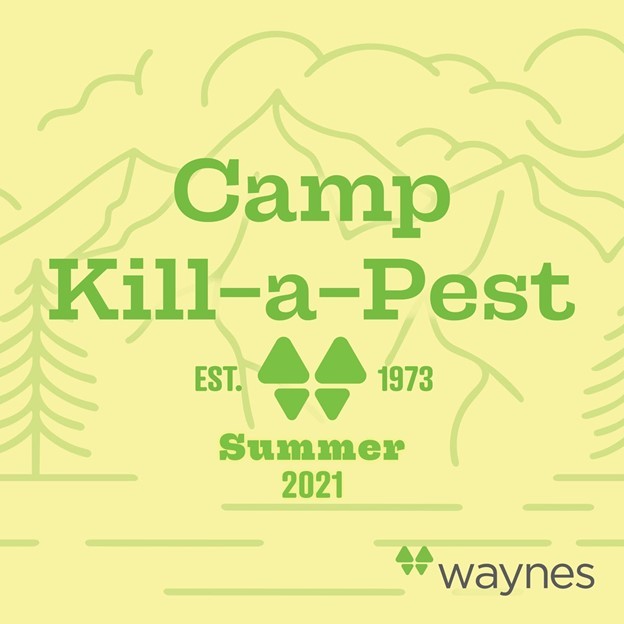Lawn Grubs
Are beetles flying around your landscape this summer? Even eating your crepe myrtles, roses, maples, elms, grapes? Did you know beetles are the adult form of lawn grubs? You may want to take steps to control this pest before too much damage is done. Most beetles have a one-year life cycle and the larvae stage can have an adverse effect on our lawns a couple of times during this cycle.
The grubs can be from several types of beetles but most of what we see are grubs of Japanese beetles (which do significant damage to landscape plants) or masked Chafer beetles (the light brown ones that fly around at dusk and get in your hair). Japanese Beetles emerge between May and June and typically live about 30-50 days. When the soil starts to cool, they will retreat into the soil until the next year.
Signs of lawn grubs
Grub infestations in a lawn typically appear as irregular patches of turf that look to be thinning and declining even when adequate soil moisture is present. When white grubs feed on grass roots, the grass gradually thins, yellows, and dies. This makes the grass feel soft and spongy. Scattered, irregular, brown patches of grass appear, which increase in size over time. The root injury reduces the turf’s ability to take up water and nutrients and withstand drought stress. Heavily infested grass pulls up easily.
The important thing to remember is it takes a certain quantity of grubs per square foot to damage the grass to the point it cannot recover. Damage to cool-season turf, clump type grasses, like tall fescue, can be more severe because of the root system’s inability to recover from damage.
In addition, white grubs attract moles, raccoons, armadillos, and birds, which can make an already damaged area look worse. However, these animals may be interested in earthworms or other insects besides grubs.
What do lawn grubs eat
While some beetles do cause damage to our landscape plants, they all can damage our turf. Beetles emerging during the summer months and will feed on surrounding plant material but their main goal in their short month-long adult life is to reproduce and lay eggs. Once the eggs turn to the larvae stage, they begin feeding on the roots of your lawn. This starts the cycle all over again. The good news is that the young larvae are easiest to control.
How often to treat the lawn for grubs
An annual application of an insecticide designed to eliminate this pest is best applied in the June to July time frame for optimal control. Controlling these grubs early will not only halt their attack on the roots of your lawn this Summer/ Fall but it will greatly reduce the number of beetles and their damage you may have next season. Give us a call to schedule this application today!
The idea is to control the grubs now, so you will not have beetles next year. If you have beetles, then you had and will have grubs. Damage depends on how many per square foot, but they can be quite devastating to lawns.
If you believe your lawn may have a grub infestation, CALL WAYNES for a free lawn inspection.
BONUS! The lawn treatment for grubs also protects against the impending Army Wormageddon we will have in the Fall.











